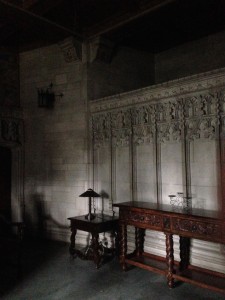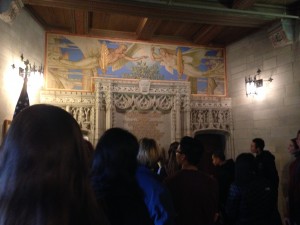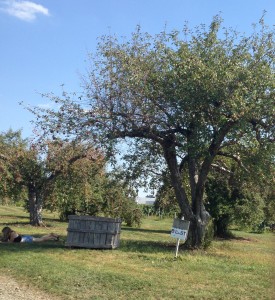I had never been to a movie at the theater where being loud was encouraged, not frowned upon, until this past Saturday when I went to the Sing-a-long Sound of Music at Cornell Cinema.
Instead of watching trailers before the movie started, one of the staff members led us in a warm up to get our voices ready and quizzed us on lyrics. We then learned what to do with the goodie bag we were handed when we entered the theater. We were instructed to wave the plastic white flowers during the song “Edelweiss”, pop the party popper at the exact moment when Maria and Captain Von Trapp kiss, and wave flashcards with different words and pictures on them during other songs. In addition, we were told to chant “Maria! Maria! Maria!” as the camera zooms in on her after minutes of scenery shots, “hiss” the Baroness when she appears on screen, use hand motions during the song “Doe, a dear…”, the list goes on.
I thought the enthusiasm would die out by the end, given that the movie is three hours long, but the audience kept with the motions, props, and singing the whole time. I’ve been watching the Sound of Music since I was a child, and my elementary school chorus sung the songs one year, so I know all the words, but I had no idea that so many people loved the Sound of Music! It was truly impressive to hear the whole theater belting out “My favorite things,” “I am 16, going on 17”, and of course, “The Sound of Music.”
This event was very fun, and I learned that Denise was in a production of the Sound of Music, so she really knows all the words! I highly recommend going to a film/musical with audience participation if you haven’t been to one yet!





